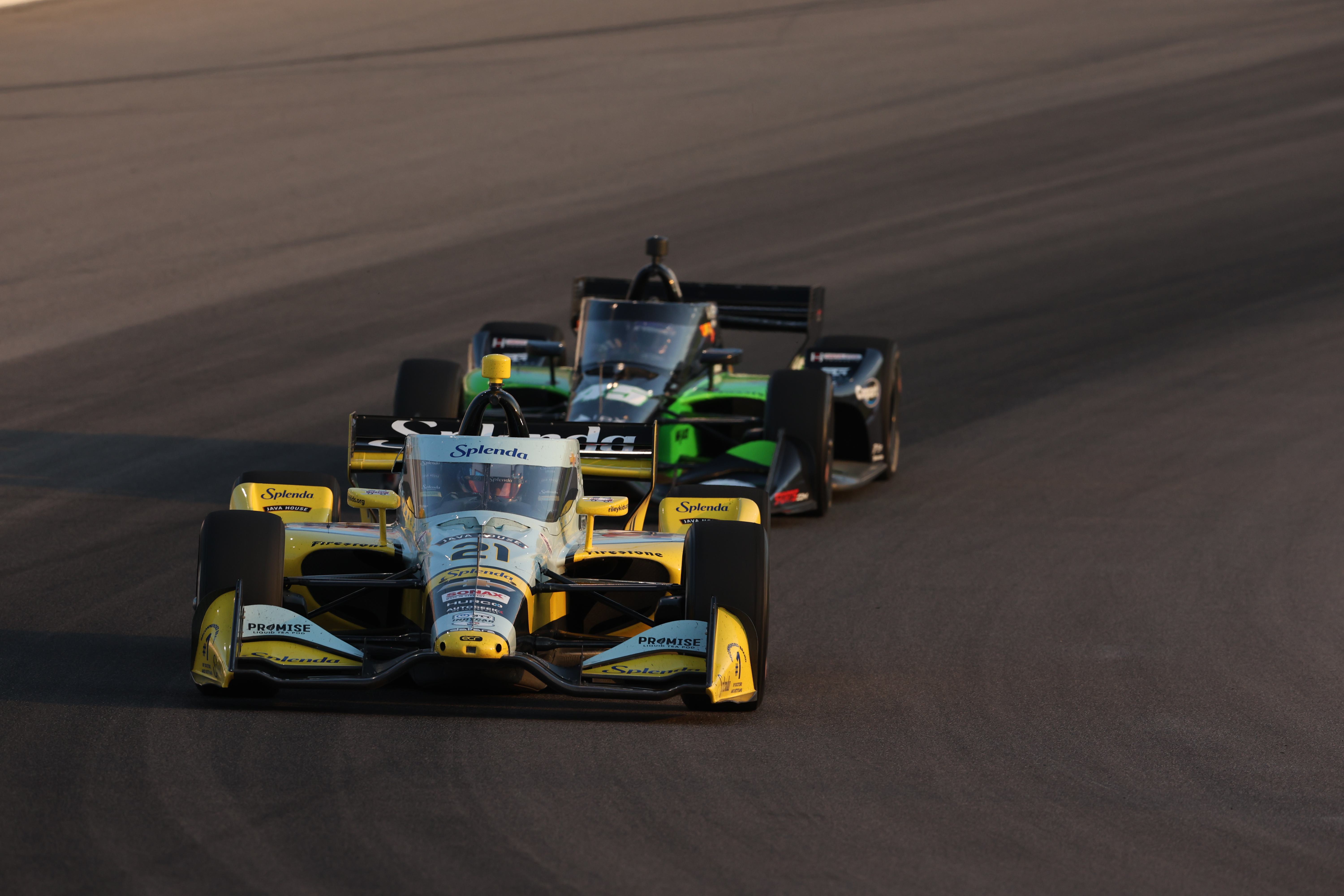Driving Business: The Economics of a Formula 1 Team
- Silvia Cojocaru
- Jan 15, 2024
- 2 min read
Updated: Jan 2
Written by Silvia Cojocaru, Edited by Sean McKean

Being one of the most expensive sports in the world, every dollar counts in Formula 1. So how does a team structure their budget to achieve not only racing success, but also a profit at the end of the year?
Firstly, it is important to understand where the priorities lie within a team when it comes to expenses. Despite the FIA limiting the amount of money a given constructor can spend on car manufacturing, there are still other areas in which teams who play the monetary game right can gain certain advantages.
Understanding the Cost Cap
Enforced by the FIA in 2021, the cost cap ensures all teams are on an equal playing ground. However, this does not mean that all teams end up spending the same amount of money during a season, since this budget regulation only covers certain expenses related to the performance of the car.
In 2023, the cost cap sat at around $135,000,000 (€121,000,000) which covered all car components, equipment, transportation and some of the salaries.

The Engine
Due to the high price of a Formula 1 car engine, this part — whether developed within or purchased elsewhere — of development is not included in the previous regulations. In 2023, the price of an engine sat at around $10,000,000 (€8,.900,000), making it the most expensive component of the car.
Salaries
While most salaries fall under the same budget regulation, drivers’ salaries as well as the salaries of the three-highest paid members of a given team are not restricted. This is where the first big monetary difference arises. For instance, Red Bull Racing spent around $55,000,000 (€49,.600,000) on driver salaries alone (excluding any bonuses). On the contrary, Williams Racing only paid around $4,000,000 (€3,.600,000) for their 2023 line-up.
Logistics
With the upcoming season reaching 24 races across five continents, teams are also going to spend a fair amount of their budgets on travelling and transportation expenses. In 2023, each team reportedly spent $100,000,000 (€90,.300,000) on traveling between circuits, according to business expert Joe Pompliano for CRASH Magazine.
Additional Costs
While these are the most expensive aspects of running a team, there are also many other expenses that teams have to take into consideration. Sponsorships and merchandise represent a large sum of a team’s budget, so marketability plays an important part in Formula 1. Other hidden costs consist of fuel, technology, salary bonuses and different services.

Conclusion
With such hefty expenses and little room for error, why are Formula 1 teams still choosing to compete and why are other manufacturers so eager to enter this competition? The truth is simple: While operating a successful team is expensive, the rewards are hardly ever just monetary.
Most — if not all — of the money won at the end of the year is poured back into developing the team for the next season. The much more valuable reward of Formula 1 is the image value it can add to a team.
For the manufacturers, having their car compete in the greatest spectacle in motorsport, with an audience that is constantly growing, is the most exciting opportunity of all.







